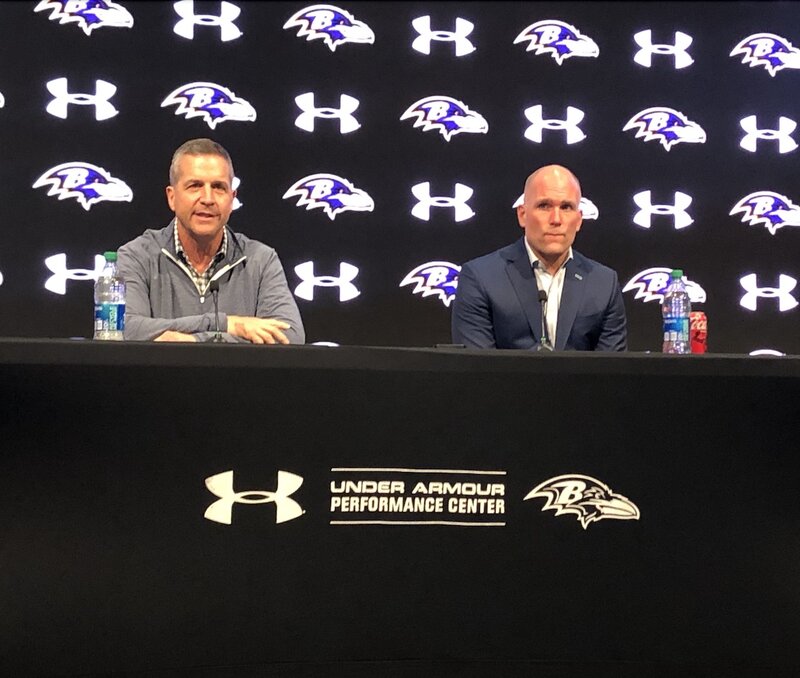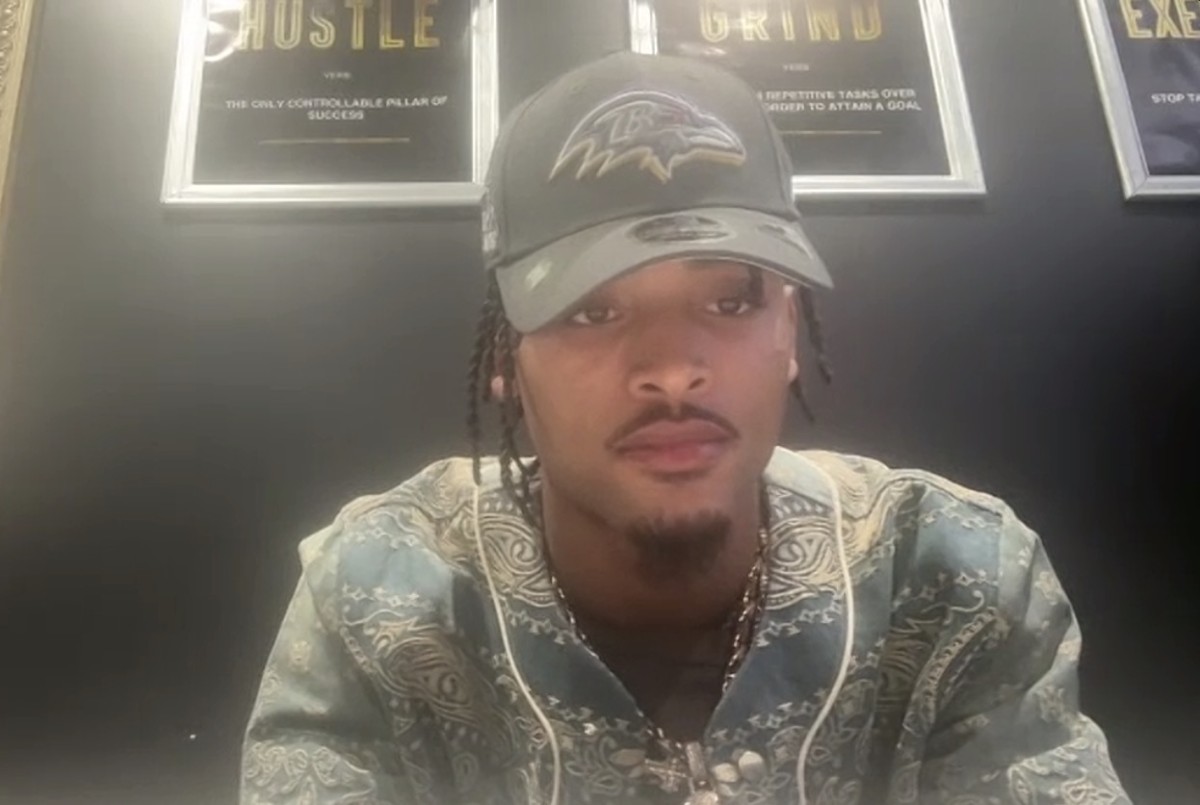Watching the Orioles lose 35 of their last 43 games to hold the worst record in the American League has been absolutely brutal, but it’s hardly shocking.
Still in the midst of an exhausting rebuild in which winning at the major league level isn’t a priority, the Orioles were always going to languish, especially with ace pitcher John Means landing on the injured list in early June. That doesn’t make the nightly losses and gaffes any easier to stomach in real time, but focusing on the handful of young players with a chance to stick for the future is the only way to maintain your sanity if you’re still engaged with the major league product in Baltimore these days.
Unfortunately, much of that progress monitoring has gone awry.
The pitching and the infield were supposed to be weaknesses entering the season, and that’s certainly proven true with few exceptions. The starting rotation was overmatched and quickly wore down a bullpen lacking the depth to endure such short starts on a nightly basis. The play at second and third base — in the field and at the plate — has been as poor as many feared it could be entering the season. Perhaps some youngsters will flash in these areas over the latter half of the season, but the short-term future remains grim.
The catching has taken a significant step back with Chance Sisco recently designated for assignment and Pedro Severino in the midst of the worst of his three seasons with the Orioles. The countdown continues for Adley Rutschman to arrive in Baltimore, whether it’s later this year or in 2022.
But the outfield was supposed to be the strength and source of optimism for this club, and that was even when we still wondered whether Cedric Mullins was an everyday starter in center or more of a fourth outfielder in the long run. If someone had told you in March that Mullins would be one of the best all-around players in baseball over the first half of the season, you might have thought the Orioles were now sporting one of baseball’s more promising young outfields. Instead, they rank just 15th in the majors in outfield wins above replacement, a clear sign that the rest of the group hasn’t pulled its weight behind the outstanding play of Mullins. Entering Thursday, the Orioles ranked 26th in left field WAR and 27th in right field WAR, reflecting the lack of production and injuries at those corner outfield spots through the first three months.
The trade whispers involving 26-year-old right fielder Anthony Santander annoyed many fans this past offseason, but the hope was that the 2020 Most Valuable Oriole would pick up somewhere close to where he left off last season when he clubbed 25 extra-base hits in just 165 plate appearances, which would have either solidified his standing for the future or enhanced his trade value. Instead, Santander hurt his ankle in April, missed a month of action, and is batting just .240 with 16 extra-base hits and a .657 on-base plus slugging percentage in 180 plate appearances, his lowest mark since his rookie season as a Rule 5 pick. The switch-hitting outfielder trying to play through a bad ankle is admirable, but it’s resulted in below-average production at the plate and in the field to sink his current trade value.
Austin Hays entered spring training in a competition with Mullins for the everyday job in center, but 2021 has been an all-too-familiar story with the soon-to-be 26-year-old already serving two IL stints for hamstring strains in both legs. Though still playing good defense when healthy, the oft-injured Hays is batting just .224 with a .687 OPS on the season and has gone 5-for-38 since returning from his latest IL stint. Like Santander, Hays is playing at less than 100 percent, but this season is serving only as further evidence against counting either as pieces for the future.
Availability is a crucial trait that Santander and Hays continue to lack.
The injuries to those two have provided ample opportunity for the 27-year-old DJ Stewart, but the former first-round pick is batting just .207 with a .682 OPS in 190 plate appearances. Though ranking third on the club in walks, Stewart hasn’t shown enough consistency with the bat and has played poor defense, a combination that doesn’t equate to enough value even as a reserve. At this point, you have to wonder if Stewart is running out of chances.
Rookie Ryan Mountcastle has been markedly better at the plate with 19 extra-base hits and an .873 OPS since the end of his difficult April, but he’s made just 18 starts in left field this season with some forgettable moments out there. It continues to look more likely that he’ll play first base or serve as a designated hitter, especially if Mancini is traded by next month’s deadline. That wouldn’t be an unexpected long-term outcome, but Mountcastle, 24, will need to hit and hit a lot if left field never becomes a viable defensive option for him.
Worsening the outfield mood has been the fact that Manny Machado trade centerpiece Yusniel Diaz entered Thursday with just 54 plate appearances between Triple-A Norfolk and Double-A Bowie this season due to a hip and quadriceps strain that cost him more than a month. A hot start could have landed Diaz in the majors by now, but the 24-year-old continues showing his own difficulty in staying healthy.
The unfortunate circumstances surrounding the health of 2020 first-round pick Heston Kjerstad add another layer of disappointment and long-term concern that goes beyond baseball for a talented 22-year-old still dealing with myocarditis.
Of course, no one should have expected every member of the outfield mix to thrive, which reinforces why it’s so important to appreciate Mullins as a very deserving candidate for next month’s All-Star Game. But Santander and Hays taking steps back and Diaz looking no closer to the majors than he was in March aren’t exactly reinforcing the early expectations for the outfield to be the strength and most encouraging aspect of the 2021 club. Mullins is doing everything he can to elevate the overall profile of the group, but he can’t play all three positions by himself — as much as you might wish he could.
That reality is making every other anticipated weakness on the Orioles more difficult to watch and thoughts of a more promising future feel still further away.






























